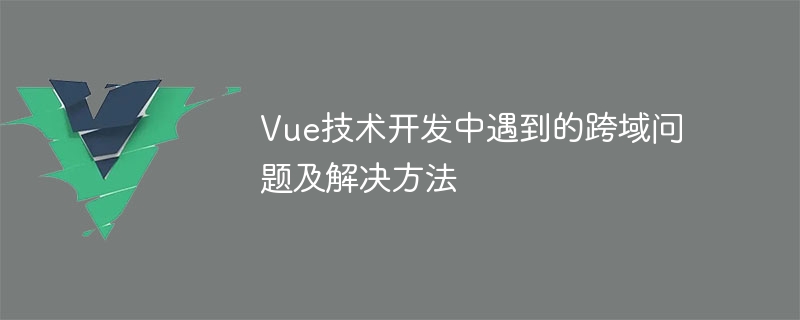

Cross-domain problems and solutions encountered in the development of Vue technology
Abstract: This article will introduce the cross-domain problems that may be encountered during the development of Vue technology and solutions. We'll start with what causes cross-origin, then cover a few common solutions and provide specific code examples.
1. Causes of cross-domain problems
In web development, due to the browser's security policy, the browser will restrict requests from one source (domain, protocol or port) for resources from another source. This is the so-called "same origin policy". When we develop Vue technology and the interfaces of the front-end and back-end are not in the same domain, we will encounter cross-domain problems.
2. Solution
// vue.config.js module.exports = { devServer: { proxy: { '/api': { target: 'http://api.example.com', changeOrigin: true, pathRewrite: { '^/api': '' } } } } }